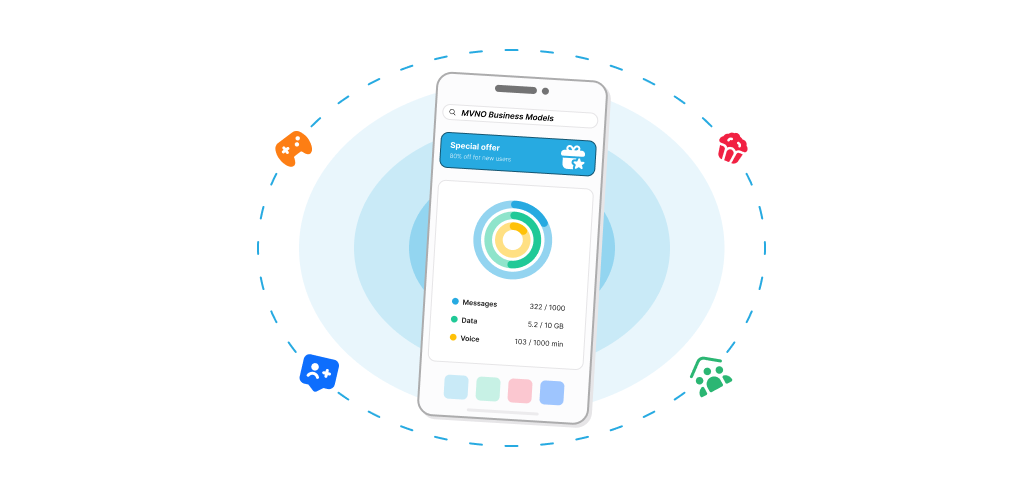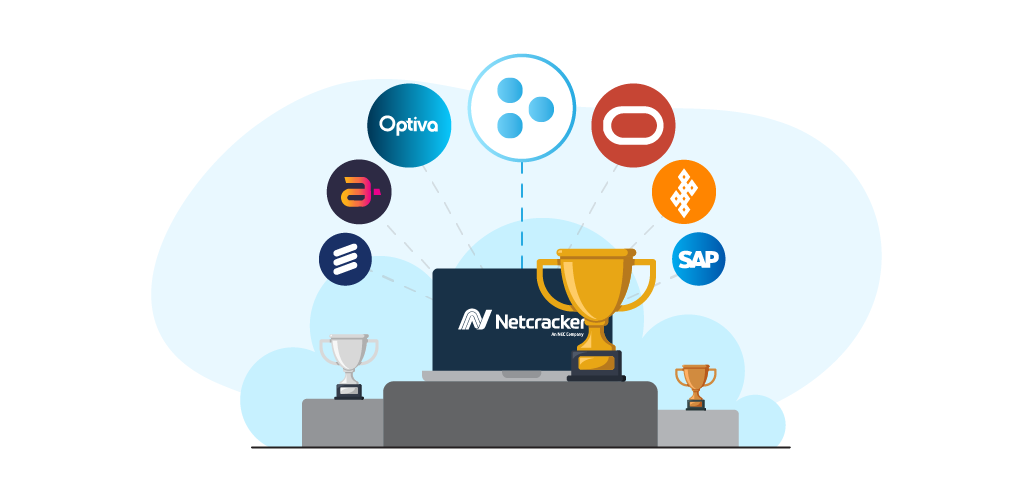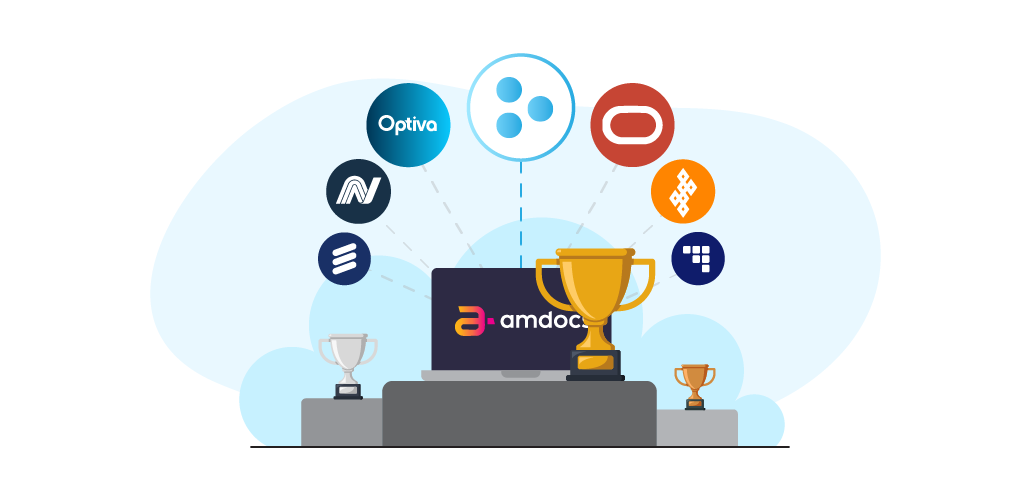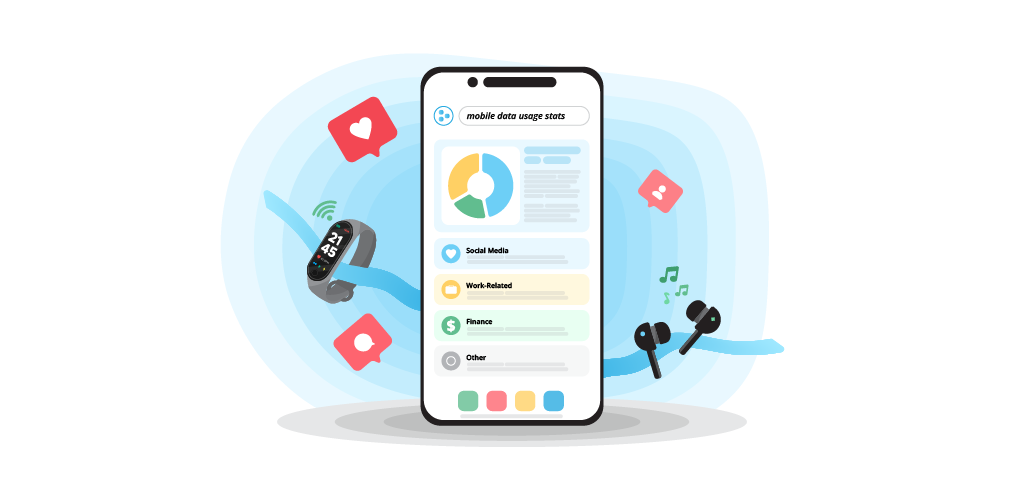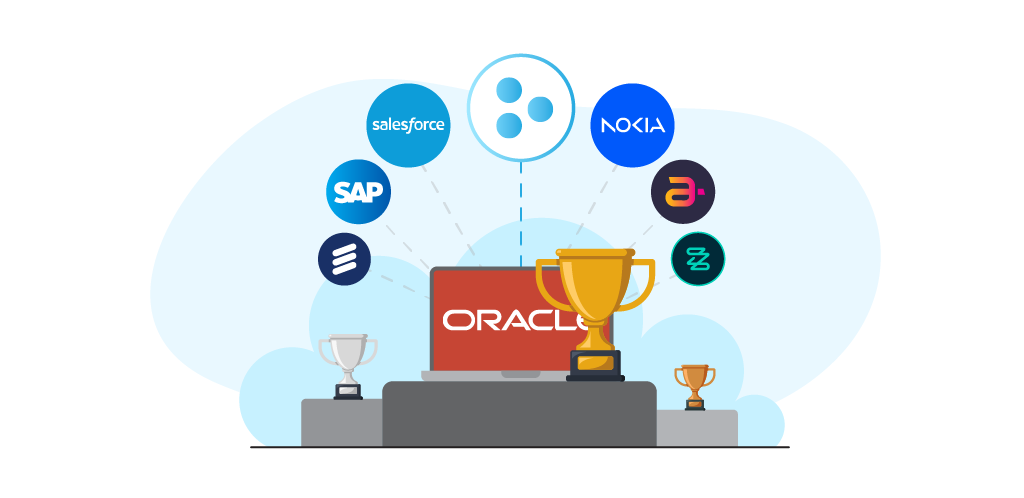Explore MVNO business models like sport, brand, IoT, and ethnic. See how Red Bull Mobile, Lebara, and Guinea Mobile grew by targeting niches.
목차
A mobile virtual network operator (MVNO) is a company that provides mobile services without owning its own core network. Instead, MVNOs lease access from established mobile network operators (MNOs) and package it under their own brand.
Right now, the MVNO industry is booming, but it’s also competitive. With thousands of operators worldwide, success depends on differentiation.
In this blog, we’ll explore the most common MVNO business models and examples of how real-world brands use them.
Why MVNO Business Models Matter?
Technical setup defines the type of MVNO you are (skinny, thin, light, thick, or full). But your business model defines how you attract and retain customers.
MVNO business models are built around niches – specific groups of users with shared needs.
By targeting these segments, MVNOs can stand out, create loyalty, and grow faster than broad-market competitors.
What are the Business Models of MVNO?
As said above: MVNOs succeed by focusing on niches.
Here’s a quick look at the most common business models:
| MVNO Business Model | 초점 | 예 |
|---|---|---|
| Sport MVNOs | Fans & sports communities | Red Bull Mobile (UAE) |
| Brand MVNOs | Retail & consumer brand extensions | HoT (Hofer Telecom) |
| IoT MVNOs | Connected devices & enterprise IoT | Guinea IoT (Peru) |
| Ethnic MVNOs | Migrant & international communities | Lebara (EU) |
| Business MVNOs | Enterprise line management & IT needs | Salvy (Brazil) |
| Media & Entertainment MVNOs | Bundled perks, subscriptions, e-commerce | MVNOs with streaming bundles |
| Student & Youth MVNOs | Affordable, digital-first experience | Guinea Mobile (Peru) |
| Healthcare MVNOs | Health apps, monitoring, wellbeing | Cross Mobile (Poland) |
👇 Keep reading to see real-world examples of how each MVNO business model drives growth.
Sport MVNOs
Sports create passionate communities, making them a natural fit for MVNOs.

Example: Red Bull Mobile (Saudi Arabia)
Launched in 2022, Red Bull Mobile offered more than data and calls. Customers could turn their data into “gigacoin” for exclusive Red Bull experiences like F1 meet-and-greets and other sports events. Within 16 months, it hit 1M subscribers, making it the fastest-growing MVNO in the Middle East
This proves that when MVNOs tap into fan loyalty, growth can be explosive. Especially because fans are willing to pay extra for exclusive access and premium content.
That’s exactly why sport MVNOs often achieve mid to high ARPU.
Brand MVNOs
Strong consumer brands can extend into mobile services, turning their existing brand loyalty into mobile subscriptions and experiences.

Example: HoT (Austria)
Retail giant Hofer (Aldi’s Austrian brand) partnered with Ventocom to launch HoT. Customers trust Hofer for value and fairness (it’s essentially their motto), and the MVNO extended that reputation into mobile services. The result is a mass-market MVNO with a simple, transparent, prepaid model that customers embrace.
Many brand MVNOs, like HoT, also offer data-only plans that customers can use with 4G or 5G SIM routers. This gives users affordable, contract-free home internet, making it a strong alternative to fiber.
Thanks to trust and flexibility, brand MVNOs often reach mid to high ARPU levels, since customers familiar with the brand are willing to pay extra for reliable services.
5G 수익화: 5G의 잠재력 최대한 활용하기
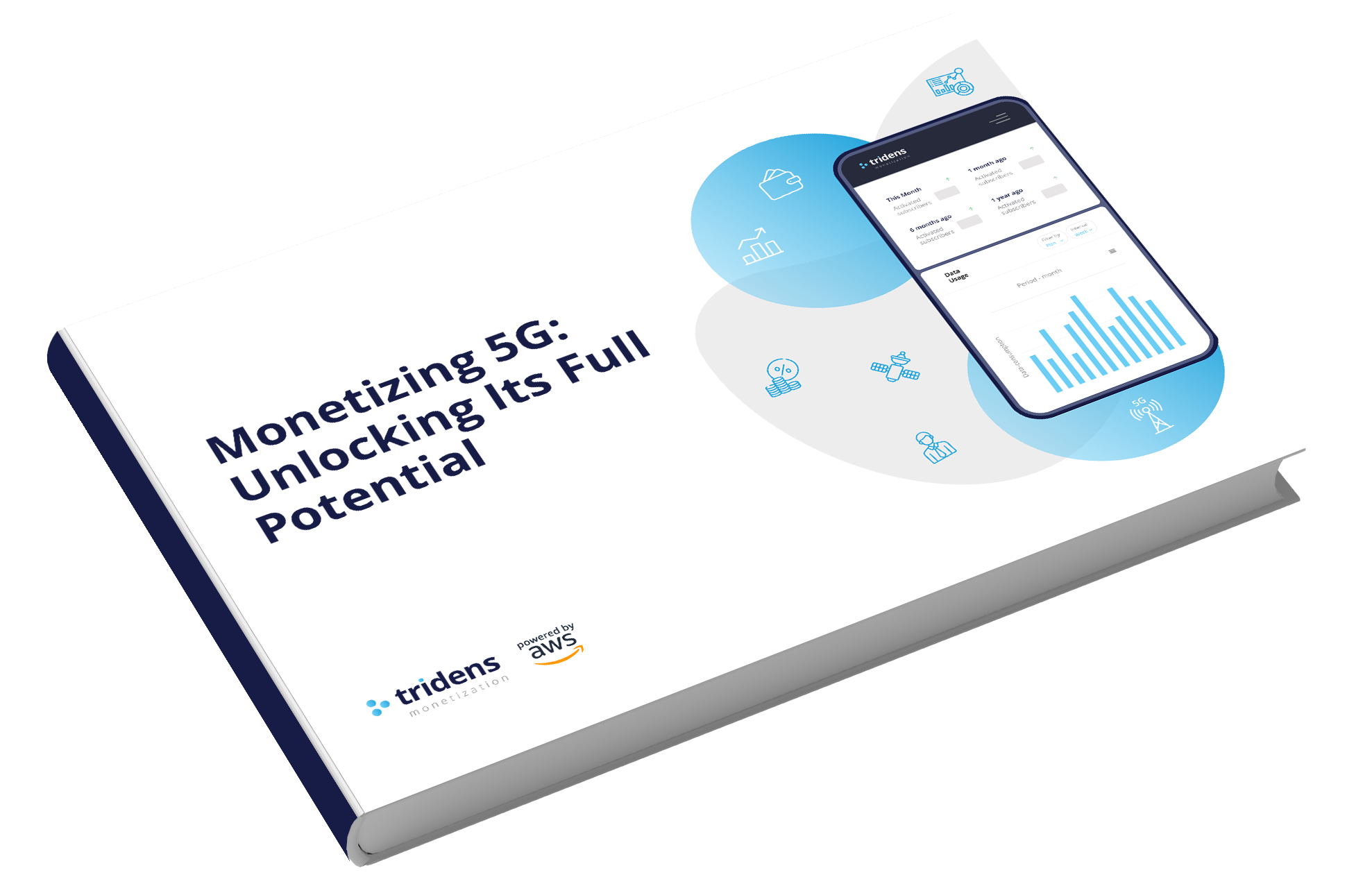
IoT MVNOs
The Internet of Things (IoT) is becoming one of the most promising areas for MVNOs that want to serve enterprises and connected devices rather than individual consumers.

Example: Guinea IoT (Peru)
As part of its multi-brand ecosystem, Guinea Mobile launched Guinea IoT, a SaaS-based platform for managing connected devices. Businesses can activate, deactivate, and analyze IoT usage in real time. This approach quickly gained traction among enterprise clients.
Guinea’s business strategy of launching multiple MVNOs to cover different niches ranging from students to IoT shows how a multi-brand approach can work well in practice. More about that later 👇
When it comes to revenue, IoT MVNOs can range from low to high ARPU depending on offered services. MVNOs that provide value-added services such as industry-specific solutions can achieve much higher ARPU, since enterprises are willing to pay extra for specialized features.
Ethnic MVNOs
Ethnic MVNOs focus on migrant communities who need affordable international calling and support in their own language.

Example: Lebara
Lebara built its business serving international communities in Europe. By offering low-cost calls abroad and multilingual customer support, it became one of the most recognized MVNOs globally. Even in saturated markets, Lebara grew revenue 5x between 2022 and 2024 through smart repositioning.
Because their primary customers rely heavily on international communication, ethnic MVNOs operate at low to mid ARPU levels. Pricing must always stay competitive, and community-oriented services can boost customer loyalty.
Business (B2B) MVNOs
Some MVNOs are designed for enterprises rather than consumers, offering features like centralized line management, flexible contracts, or integration with IT systems.

Example: Salvy (Brazil)
Salvy helps businesses manage thousands of lines across employees with an AI-powered dashboard. Its model focuses on efficiency rather than competing on price.
By eliminating unused lines and offering real-time control, it has already gained traction in Brazil’s fast-growing startup ecosystem, where Salvy was recently recognized as the only Latin American company in Y Combinator’s Winter 2024 batch.
Beyond general enterprise needs, B2B MVNOs can also target industries such as virtual call centers, outsourcing firms, and practically any business that relies on large volumes of phone or VoIP lines. These clients are the ones that value centralized management, cost control and flexibility.
And because businesses are willing to pay for reliability and efficiency, business MVNOs often achieve high ARPU, with revenue boosts by services like group administration, analytics, and employee telecom management.
Media & Entertainment MVNOs
MVNOs can tie connectivity to streaming services, gaming, or entertainment experiences.

Example: OTT-Enabled MVNOs with Streaming Bundles
Some MVNOs partner directly with streaming platforms such as Netflix, Disney+ or Amazon Prime as part of their mobile plans. These options are usually seasonal or local, and part of bigger campaigns launched by MVNOs to gain new customers.
Because the added value of such MVNO offers is entertainment access, media-focused MVNOs often get high ARPU levels.
🌎 We go over some interesting plans that MVNOs worldwide are offering here: 국가별 최고의 MVNO 통신사 및 모바일 요금제 목록 (2025)
Student & Youth MVNOs
Young users value affordability, flexibility, and digital-first experiences. University students can benefit from packaged access to educational services, such as academic resources and learning tools.

Example: Guinea Mobile’s first brand (Peru)
Initially launched for university students, Guinea Mobile built an app-driven activation system. Later, its PeruSIM brand expanded to tourists with equally youth-friendly onboarding like 24/7 WhatsApp support.
This is a strong example of a multi-niche MVNO that listens closely to their market. By identifying spots where demand is highest (students, travelers, enterprises), Guinea’s been able to grow into a leading MVNO in Peru.
Overall, the student and youth MVNO business model typically reaches mid levels of ARPU. Because students are often on a budget, inclusion of useful tools can incentivize them to make the switch and can lift revenue above standard consumer MVNO averages.
Healthcare MVNOs
Healthcare MVNOs leverage mobile services for connected health apps, wearables, or insurance tie-ins.

Example: Cross Mobile (Poland)
Cross Mobile offers AI-powered child protection features in their “care4kids” packages, such as monitoring phone activity for early signs of depression.
Other healthcare focused MVNOs take a different angle, for example targeting seniors with SOS wearables.
Both approaches show how MVNOs can move beyond connectivity and include wellbeing.
At the same time, services that involve health monitoring or content filtering naturally raise privacy concerns. So, it’s important to balance innovation with privacy for better customer trust.
When it comes to revenue, healthcare MVNOs achieve mid to high ARPU. Customers are always willing to pay premium for peace of mind, safety, and wellbeing.
Additional Niche MVNO Business Models
The possibilities of niche markets to enter when starting your own MVNO are endless.
You don’t have to limit yourself to the most popular business models. Instead, success often comes from spotting local opportunities and acting smart 그리고 fast.
Some additional MVNO business models include:
- Celebrity Fanbase MVNOs – built around musicians, athletes, or influencers with loyal communities.
- Discount MVNOs – ultra-low cost prepaid services aimed at price-sensitive users.
- Data MVNOs – focus on heavy data users with simple, high-volume internet bundles.
- Lifestyle Niche MVNOs – tailor services around hobbies or interests such as gaming, music, or eco-conscious living.
- Quad Play MVNOs – combine mobile with TV, internet, and fixed-line services for bundled convenience.
- Roaming MVNOs – target travelers with seamless, low-cost international packages.
- Non-Profit or Foundation MVNOs – profits reinvested into social or community projects.
- Utilities MVNOs – bundle mobile with electricity, water, or broadband bills.
- Fintech MVNOs – integrate mobile plans with banking or digital payment services.
- Logistics / Transportation MVNOs – serve fleets, drivers, or logistics companies with specialized connectivity.
In the end, MVNO business models are only limited by creativity and market insight.
The right niche = a powerful growth engine
The key is to understand customer needs, deliver real value, and move faster than the competition.
Anyway, which of these MVNO business models did you find the most interesting? Let us know in the comments 💭
요약
The MVNO industry proves that there is no single winning formula.
The most successful operators are those that find a niche, listen to their customers, and move quickly.
If you already have a strong MVNO business plan but are unsure about execution, we can help.
통신용 Tridens Monetization is a full BSS platform designed for MVNOs. It manages all customer-facing operations in one place: from AI-driven, hyper-personalized campaigns to white-label self-care portals. It can also automate your full billing cycle, and integrate local payment gateways, so you can scale lightning fast without complexity.
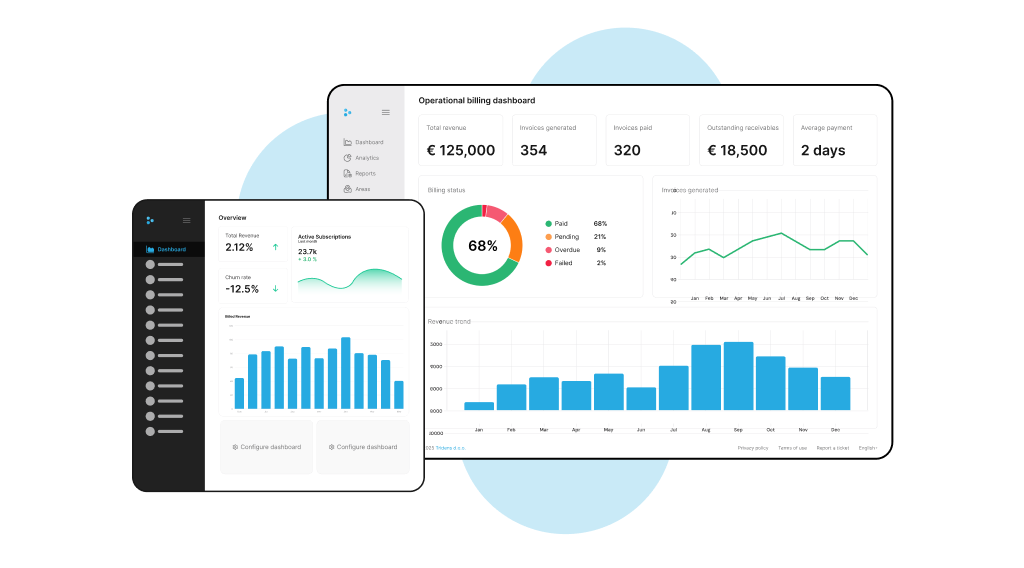
👉 With Tridens, you can freely focus on growing your MVNO business. We handle all the technology that powers it.


